Efficient capsule production can be tricky. Whether you’re filling capsules for the first time or scaling up your pharmaceutical operations, you’ve likely faced some common frustrations: underfilled capsules, wasted powder, or machines that just won’t cooperate. Sound familiar? If so, you’re not alone.
This guide dives into the most frequent mistakes people make with a capsule filling machine—and, more importantly, how to avoid them. Whether you’re working with standard sizes or the biggest capsule size, these tips will help you save time, reduce waste, and achieve perfect capsules every time.
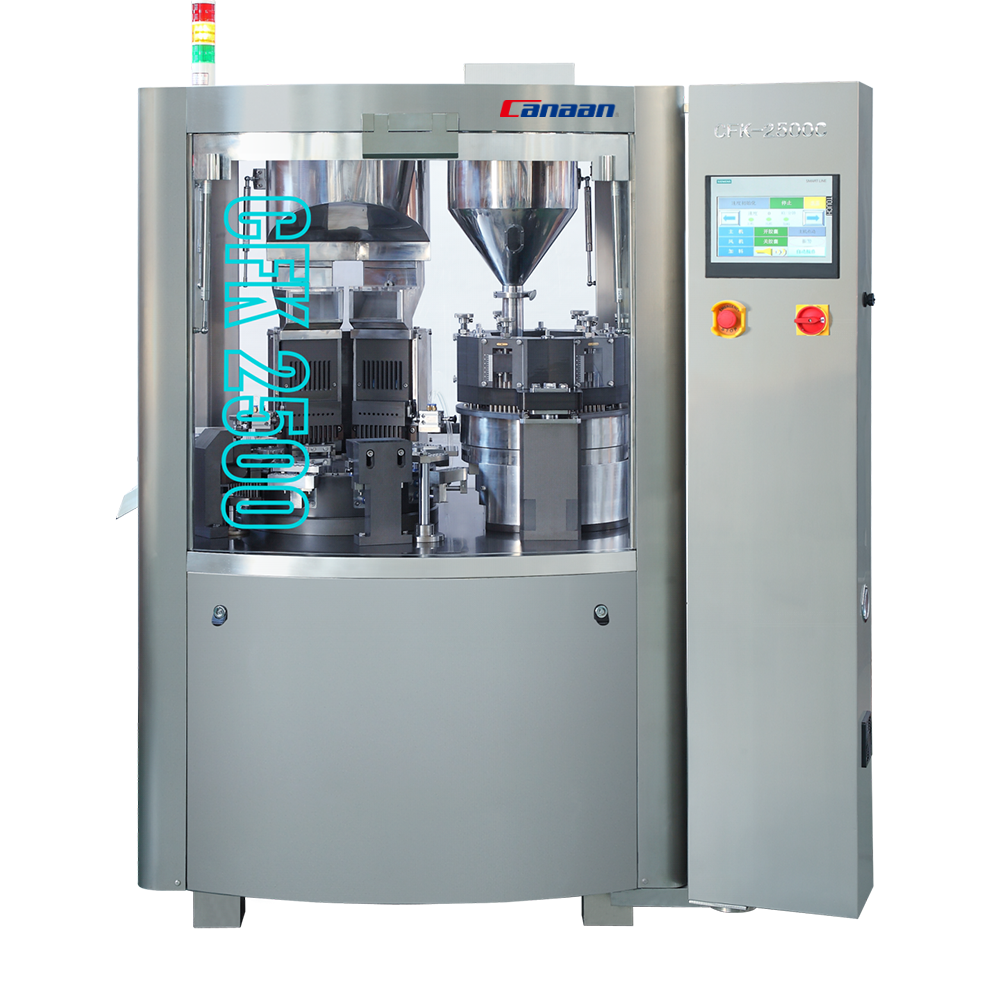
Explore the CFK Series Automatic Capsule Filling Machine for high precision and efficiency in capsule production.
Learn More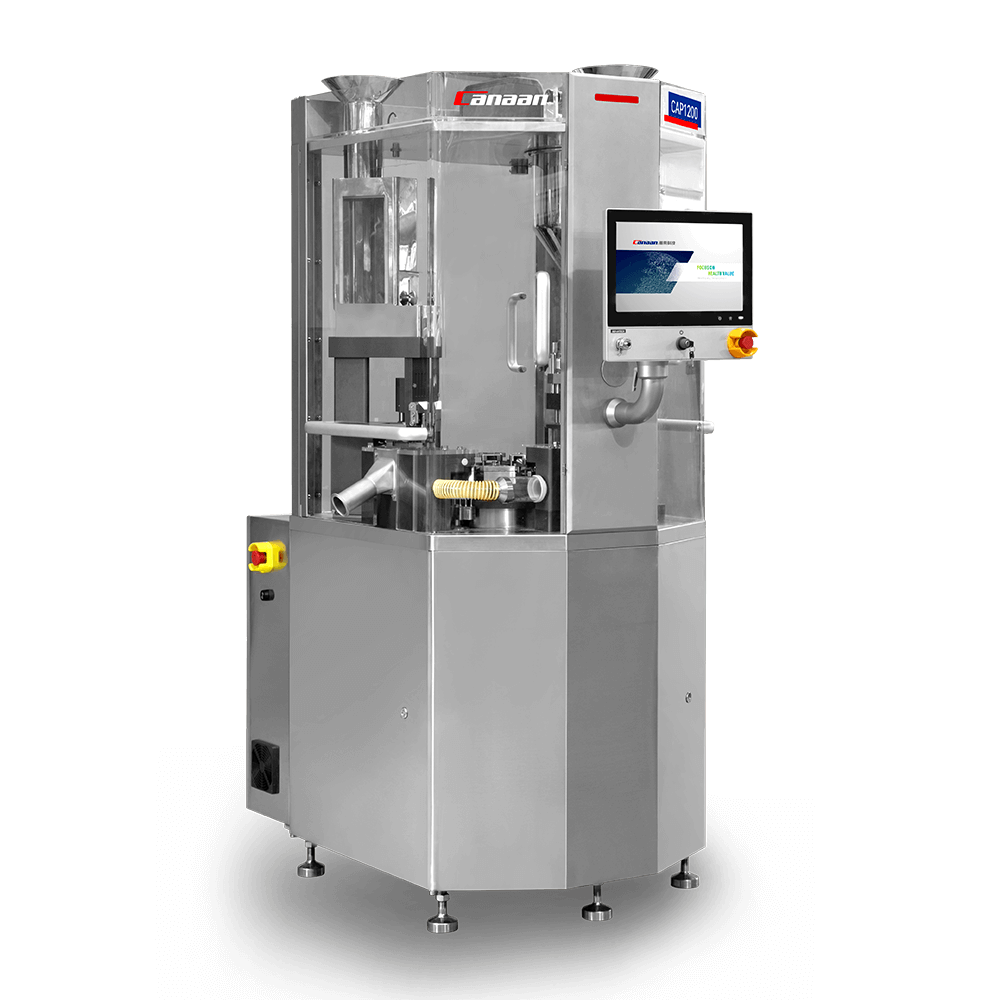
Discover the CAP Series Capsule Filling Machine for improved filling accuracy and speed.
Learn More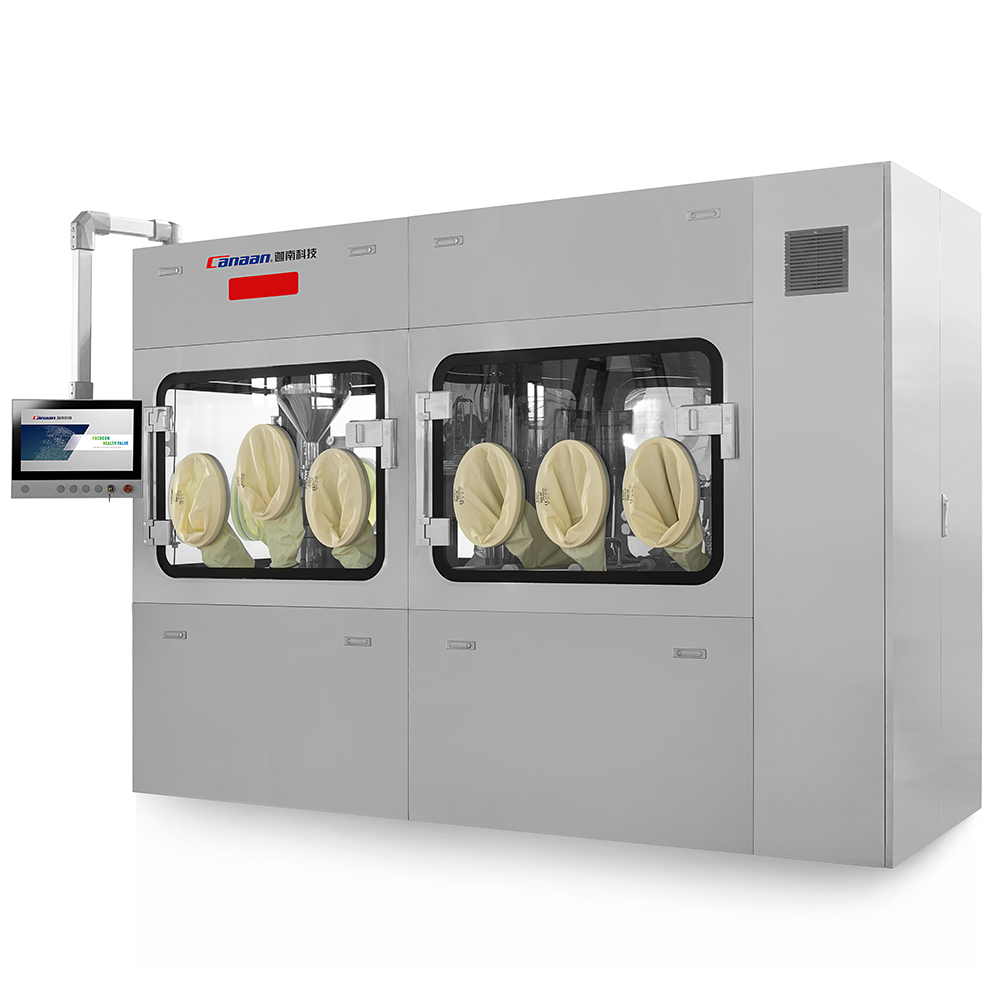
Check out our advanced Capsule Filling Machine for seamless operation and enhanced productivity.
Learn More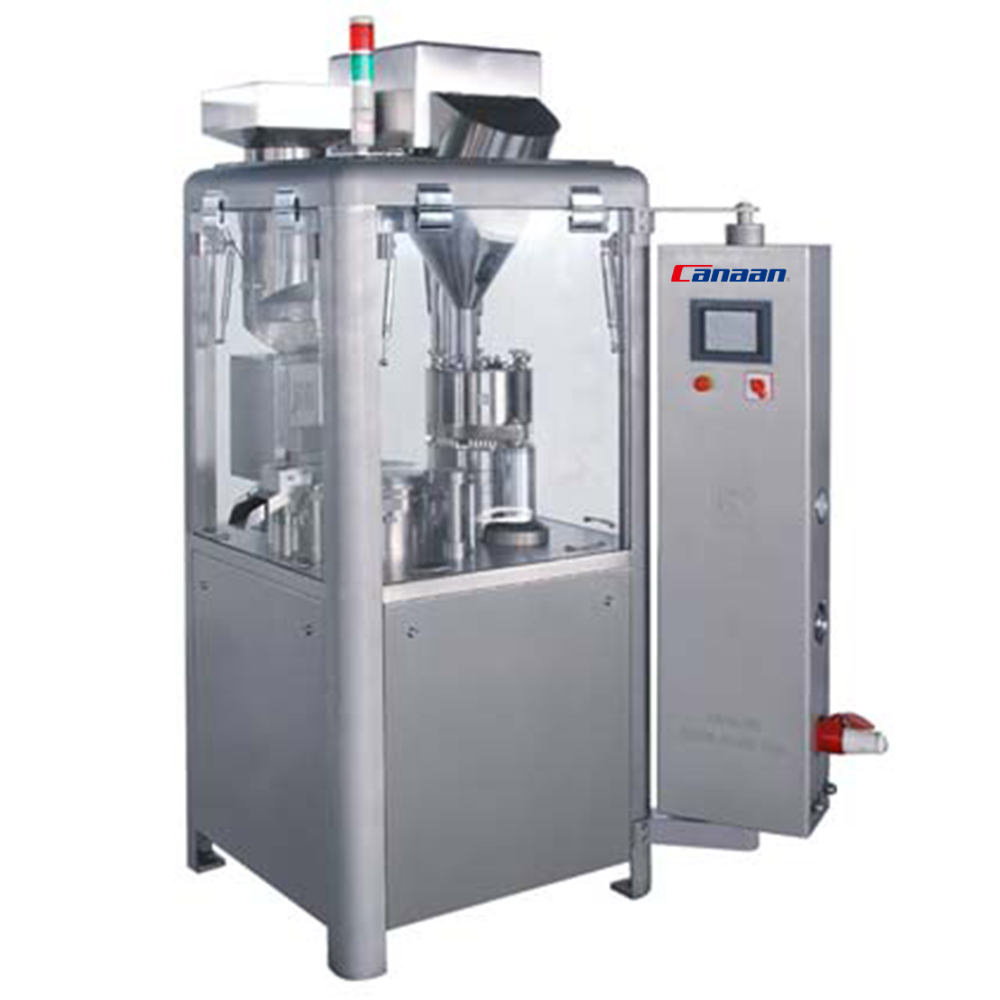
Maximize your efficiency with the NJP Series Automatic Capsule Filling Machine, built for high-volume production.
Learn MoreSelecting the correct capsule type is critical. Capsules come in various materials, such as gelatin or HPMC, each suited to specific formulations. Using an incompatible capsule can lead to issues like splitting, poor sealing, or improper filling. For instance, gelatin capsules may not work well with hygroscopic materials. Always consult your machine’s specifications and your formula’s requirements before choosing.
Capsule size is another factor to consider. The biggest capsule size, while accommodating larger doses, may require additional adjustments to your machine’s settings to ensure proper filling and sealing. Neglecting these adjustments can lead to significant operational challenges.
The bulk density of your formula significantly impacts the filling process. If it’s too light, the capsule may be underfilled, and if too dense, it can cause overfilling or machine jamming. Accurately measuring and understanding bulk density ensures proper machine calibration and consistent capsule weights.
To determine bulk density, conduct pre-production tests. These tests allow you to fine-tune your machine settings, avoiding potential issues during large-scale production. Bulk density adjustments are particularly crucial for the biggest capsule size, as their larger capacity amplifies the effects of inconsistent filling.
Each capsule filling machine has a specific dosing mechanism, such as tamping, dosator, or auger. Formulations that are too sticky, too fine, or unevenly granulated can cause blockages or inconsistent fills. To avoid this, tailor your formulation to suit your machine’s mechanism or adjust the dosing settings accordingly.
When working with the biggest capsule size, it’s even more critical to ensure your formulation is compatible. Larger capsules often require more precise material flow and consistent dosing to prevent operational interruptions.
Capsules are sensitive to environmental factors like temperature and humidity. Storing them in suboptimal conditions can lead to brittleness, softening, or deformation. For example, the biggest capsule size may be particularly prone to these issues due to its larger surface area. Maintain controlled storage conditions to preserve capsule quality.
Invest in climate-controlled storage facilities and regularly monitor environmental parameters. Proper storage not only extends the shelf life of your capsules but also minimizes production delays caused by damaged capsules.
Operating a capsule filling machine requires specific skills and knowledge. Inadequate training can lead to operational errors, reduced efficiency, and even equipment damage. Investing in comprehensive operator training ensures that your team can handle the machine confidently and competently.
Training programs should cover all aspects of machine operation, including handling the biggest capsule size. Proper training minimizes downtime and ensures consistent production quality, even when dealing with complex formulations or larger capsules.
Regular maintenance is crucial for ensuring the longevity and performance of your capsule filling machine. Ignoring maintenance schedules can result in wear and tear, misalignments, and breakdowns. Establish a routine maintenance plan that includes cleaning, lubrication, and inspection of critical components.
For machines handling the biggest capsule size, maintenance becomes even more critical. Larger capsules can exert additional strain on components, making timely inspections and part replacements essential for avoiding costly breakdowns.
Failing to conduct quality checks can result in defective capsules reaching the market. Issues like uneven fills, cracked capsules, or contamination can compromise product quality.
Implement regular inspections, including weight checks and visual inspections, to catch and address problems early. Use automated quality control systems to enhance accuracy and reduce human error during inspections.
Every batch of capsules may require slight adjustments to machine settings, such as fill weight, speed, or dosing pressure. Using default settings for all batches can lead to inconsistencies and inefficiencies. Take time to calibrate the machine for each specific batch to ensure optimal results.
For the biggest capsule size, precise adjustments are even more important. These capsules demand a higher level of accuracy to achieve consistent filling and sealing. Regularly review and fine-tune your settings to accommodate varying formulations and capsule sizes.
Cross-contamination is a significant risk in pharmaceutical production. Failing to clean your capsule filling machine thoroughly between batches can result in product contamination and regulatory violations. Develop a strict cleaning protocol and ensure all operators follow it diligently. Use specialized cleaning tools and inspect all machine parts to ensure a thorough cleaning between batches.
Overfilled capsules may not close properly, while underfilled ones fail to meet dosage requirements. Both scenarios can lead to compliance issues and customer dissatisfaction. Regularly monitor fill weights and adjust the machine to maintain consistent and accurate filling.
For the biggest capsule size, achieving the right fill weight is particularly challenging. Larger capsules amplify the effects of small inconsistencies, making precise weight monitoring essential. Use advanced weight-checking systems to ensure accuracy and compliance.
Filling pill capsules is all about precision and efficiency. Here’s a step-by-step guide to ensure consistent results:
By following these steps, you’ll avoid many common pitfalls and ensure every capsule meets quality standards.
Looking to speed up your capsule production? Try these proven strategies:
With these techniques, you’ll reduce downtime and you can fill pill capsules much faster and more efficient.
Working with the biggest capsule size (Size 000 or larger) can be challenging. Here’s how to make it easier:
By addressing these challenges head-on, you’ll ensure smooth production even with the largest capsule sizes.
A capsule filling machine is a vital tool for pharmaceutical production, but avoiding these common mistakes is essential to maximizing its potential!
Ready to optimize your capsule filling process? Explore Canaan’s cutting-edge capsule filling solutions to enhance your production line. Visit Canaan or contact us today!
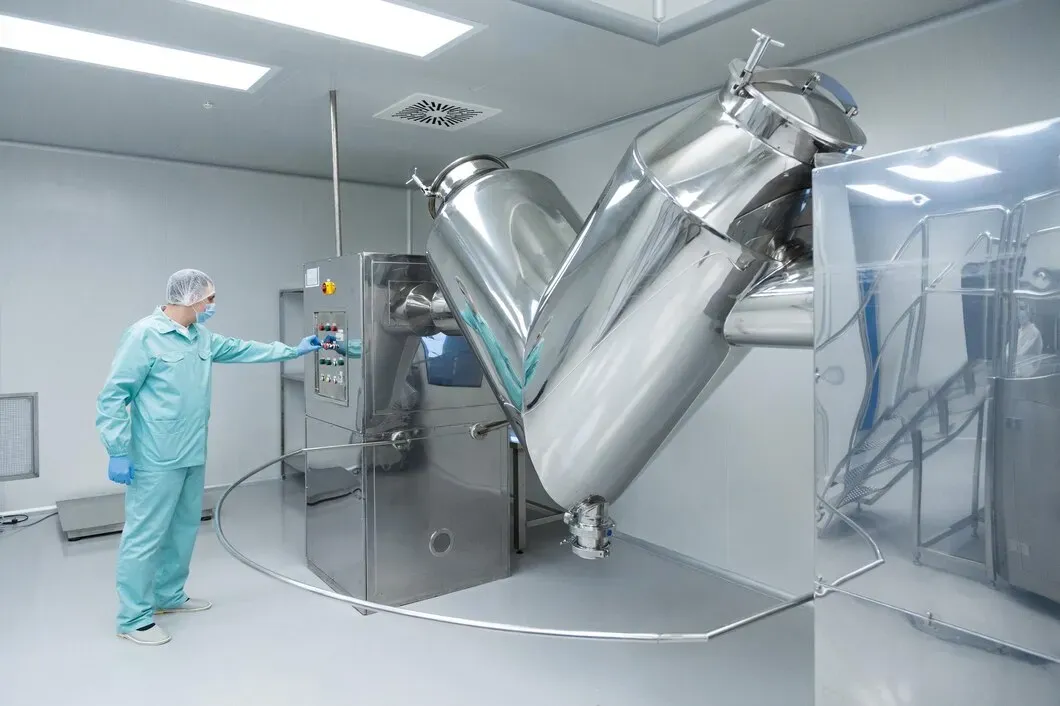
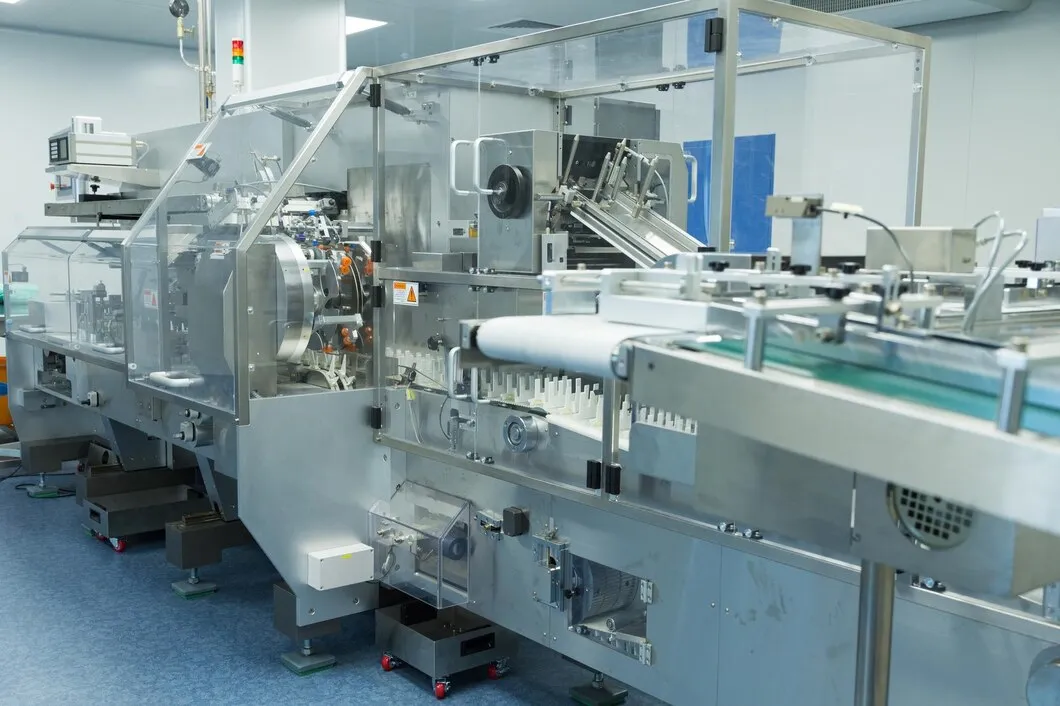


Before any drug reaches a patient, it starts in a lab. That’s where formulas are tested, batches are checked, and quality is either confirmed or questioned. To do that work right, labs depend on the right equipment—tools that don’t just get the job done, but do it with precision. If you’re responsible for running or […]

Blister packaging is everywhere in pharma—from tablets to capsules to sample packs. It protects the product, extends shelf life, and improves patient safety. But for manufacturers, it’s more than just packaging—it’s a system built around speed, precision, and compliance. If you’re in pharma manufacturing or packaging procurement, here’s what you need to know about blister […]

If you’re deciding how to deliver a pharmaceutical or supplement product, the format you choose—liquid gels or tablets—will shape more than just how it looks. It affects how the product is made, how fast it’s absorbed, what kind of equipment you’ll need, and how the end user experiences it. Some actives work better in a […]